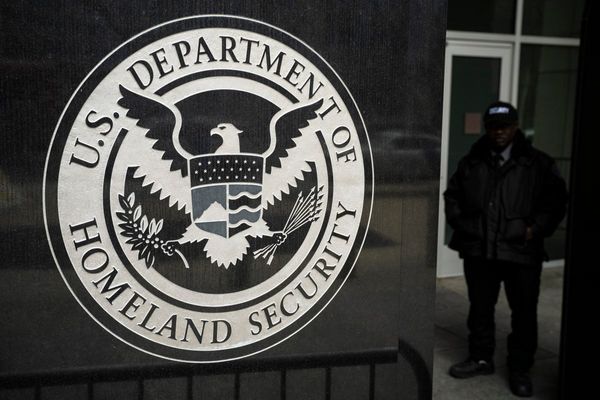
More than 40 Australian animals at the highest risk of extinction in the next two decades could be saved – and it would take only a small amount of extra conservation effort to achieve this, according to new research.
A team of Australian scientists has identified the 63 vertebrates they believe are most likely to go extinct by 2041, and found at least 47 can be brought back from the brink.
They say while the data is alarming it presents an opportunity for the new Albanese government to invest in conservation improvements.
The 47 animals include 21 fish, 12 birds, six mammals, four frogs and four reptiles, with nine of those species estimated to have a greater than 50% risk of extinction in the next 20 years.
Among the most desperate are small freshwater fish from the group known as galaxiids, including the stocky galaxias – found in the Kosciuszko national park – and Victoria’s Yalmy galaxias and West Gippsland galaxias.
These fish live in the headwaters of streams where the main threat to their survival is invasive trout.
Other animals considered at high risk include the western ground parrot, found in Western Australia, the swift parrot, which is under pressure from logging in its habitat range, and Victoria’s Baw Baw frog.
Prof John Woinarski, one of the paper’s co-authors, said the research was an opportunity to take action to prevent extinctions.
“We have no excuses for not saving these species. We know which species they are, where they occur and what threatens them,” he said.
There was greater concern for another 16 animals – five reptiles, four birds, four frogs, two mammals and a fish – on the list of 63, for which there were no recent confirmed records.
The scientists said at least four of those species were almost certainly already extinct, including the Christmas Island shrew, which was last seen in the 1980s, and the Victorian grassland earless dragon.
“That’s a sobering reminder that what we know of the extinction of fauna in Australia is probably a fraction of what have really become extinct,” Woinarski said.
He said the picture was also likely to be worse for invertebrate species, which were often overlooked in conservation planning.
Research leader Stephen Garnett, of Charles Darwin University, said the future for the remaining 47 species was more hopeful and that the actions required to save them were affordable.
More than half of the habitat for those animals falls within conservation reserves and the habitat range for several was small, meaning targeted conservation efforts to address threats such as invasive species were possible.
“These are not hugely expensive projects because they are localised,” Garnett said.
Some animals, such as the King Island brown thornbill and the swift parrot, would require tougher protections to prevent clearing of their habitat.

Other simple steps for government would be to ensure all of the species were officially listed for protection under national environmental laws.
At the time of research, the scientists wrote that 25 of the species, including 18 fish, were not on the national threatened species list.
Sarah Legge, one of the paper’s co-authors and a member of the threatened species scientific committee which advises the federal government on new listings, said work had begun to address this.
She said all of the species identified in the paper were now either listed for protection or were being considered for listing.
The federal election campaign delivered little focus on nature, despite multiple official reviews in the last term of government recommending major changes to arrest to decline of Australian wildlife.
But the swing to more environmentally minded candidates has sparked hope within the conservation movement.
Two days before the election, Labor announced several new environmental commitments, including that it would establish an independent environment protection agency and would commit to conservation targets on land and in marine areas.
Euan Ritchie, a professor in wildlife ecology and conservation at Deakin University, he said the scientists who worked on the paper had demonstrated more wildlife species were likely to go extinct in the near future unless there were “urgent and substantial improvements to conservation policy and actions”.
“It’s well established that Australia’s conservation record and ongoing predicament is utterly abysmal,” he said.
“With the recent change of government, perhaps we’ll also see a sorely needed change of heart and a far stronger commitment towards ending Australia’s extinction crisis.”







